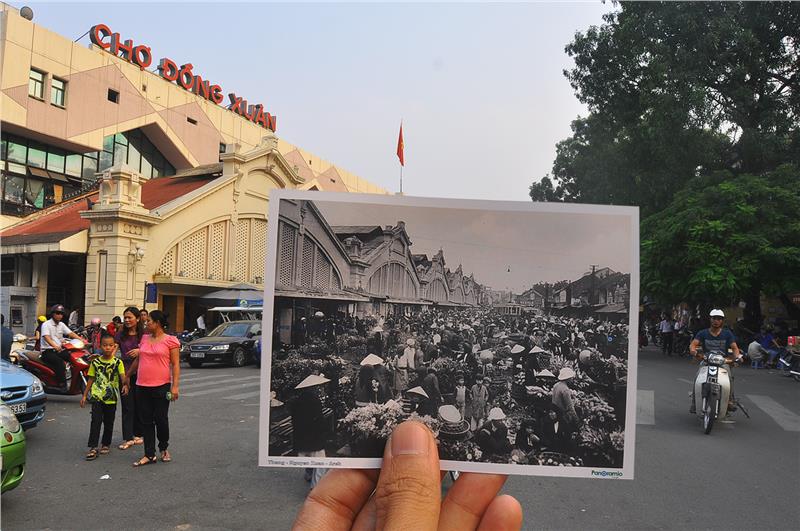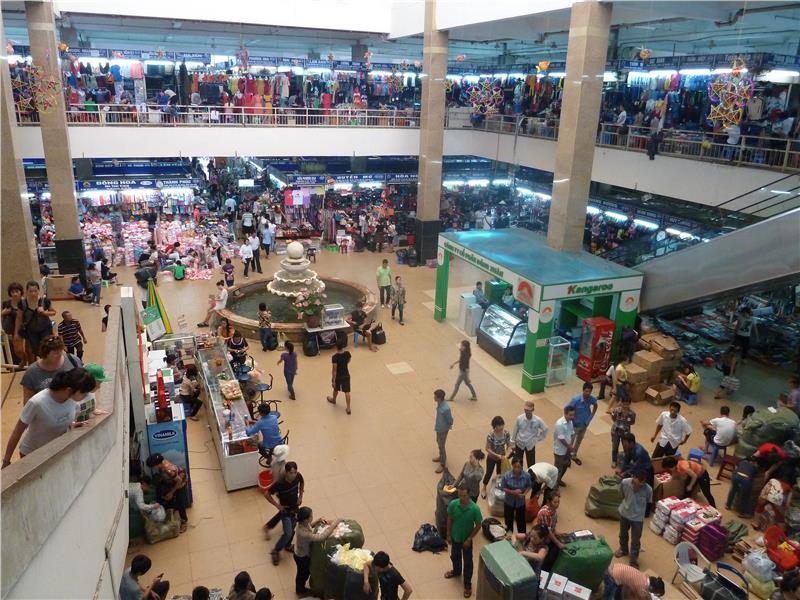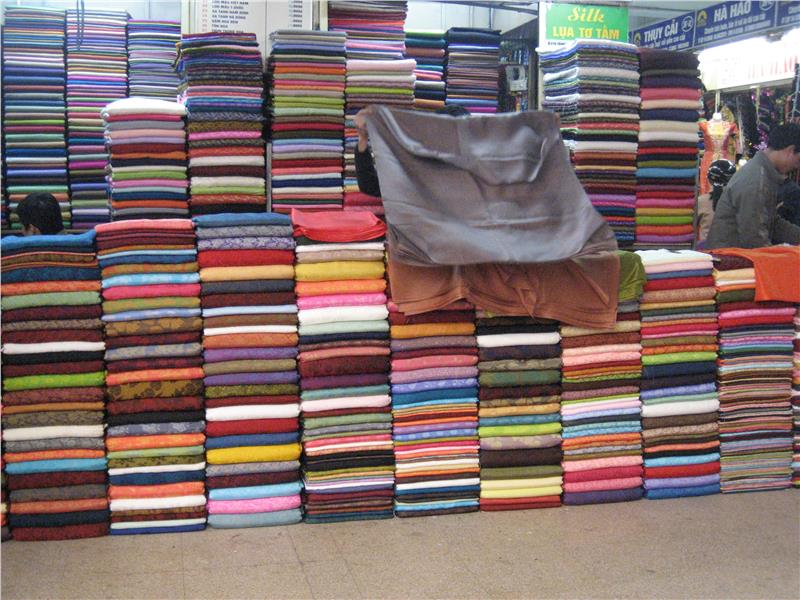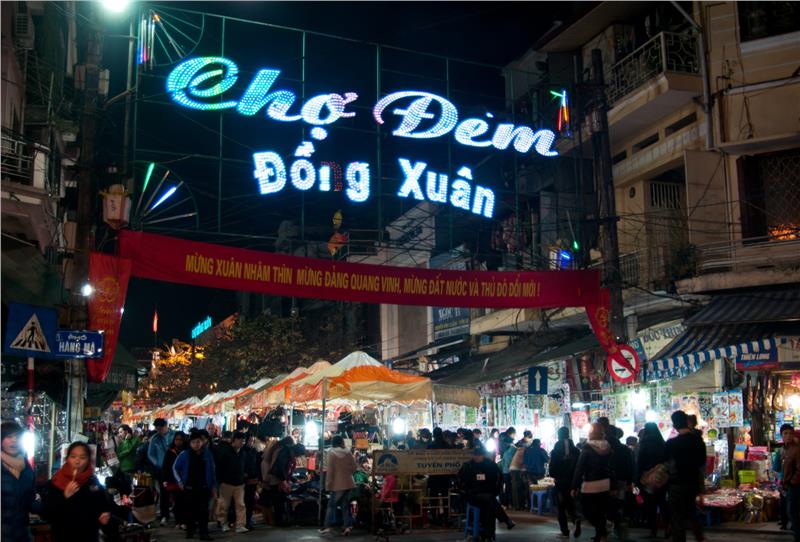Situated in the Hanoi Old Quarter, Dong Xuan Market has long been known as the "stomach" of Hanoi. The history of the market is closely associated with the commercial formation and development of ancient Thang Long Citadel. The market was born in 1889 on the territory of Dong Xuan Ward. Located near Long Bien Bridge terminal on Red River, Dong Xuan Market facilitates to concentrate and exchange goods around Hanoi and neighboring regions. Dong Xuan Market is home to almost commodities, merchandise for daily life of surrounding residents. It is the biggest wholesale market in North Vietnam. Currently, it is also one of the attractions in Hanoi alluring the large number of tourists.

When newly constructed, the market was designed relatively simple. With a total area of approximately 6500m², whole market consists of 5 contiguous home blocks. They all are covered with corrugated iron roof and iron frame inside. Front side of the market is the arches retaining 52m long each with 19m high and 25m wide steel frame, and separated by paths among arches inside. The facade is designed by French architecture, consisting of 5 triangular sections. Each section is carved holes like honeycombs and corrugated roofing.

In first days putting in operation, Dong Xuan Market only organizes once 2 days. Yet due to the demands of trading and economic development, the market opens daily from dawn to dusk. Goods sold in the market is extremely rich and diverse: from agricultural products, food, vegetables to textiles and and machinery originating from France, China, India... Trading activities also take place in the surrounding streets such as Hang Dong Street, Hang Chieu Street, Bat Su Street, Thuoc Bac Street accounting for a length of up to 2km. Hang Giay Street is home to paper products of suburban handmade wards, namely Buoi (Grapefruit), Trich Sai... Agricultural products such as rice, maize, potato, cassava... of suburb farmers are mainly concentrated to purchase at Hang Khoai Street, Hang Gao Street. Later, when Dong Xuan Market was rebuilt (1995), most of goods are brought inside the market for trading. However, streets surrounding still take place trading activities under the form of family stores.

In 1995, Dong Xuan Market was officially rebuilt into 3 floors with a total surface area of about 14,000m² and nearly 2,000 business booths. Dong Xuan Market now retains a large number of trading and selling zones, many stairs and airy walkways with 3 entrances in front, 2 in rear, 2 in both sides, 2 outdoor stairs to Dong Xuan Market - Bac Qua Market, 5 stairs to the upper floors and a system of modern lift. In particular, to diversify business activities and fulfill the shopping needs of tourists, Dong Xuan night market was born in 2003. Dong Xuan Night Market along with Hang Dao - Dong Xuan walking street creates a chain of night market stretching from Hoan Kiem Lake to Dong Xuan Market. This tourist route has attracted numerous Hanoi people and tourists to visit and relax. Here, it also organizes folklore activities like "hat xam", "cheo", and "Bac Ninh quan ho" (typical traditional folk songs in Vietnam)... serving tourists, which Vietnam Music and Arts Development Center highly appreciates in the restoration of traditional cultural values.

Despite the time rhythm, the market has been still vivid with each historical milestone and crowded with buyers and sellers for over 100 years. Not only is it home to most bustle and hustle in Hanoi city, Dong Xuan Market also contains numerous spiritual cultural values, reflecting the life and activities of ancient Trang An people. It is also the must-see tourist spot for both domestic and foreign tourists once taking part in Hanoi travel.
